
Paving the way for local budget autonomy
The two-tier local government (LGO) model, an important strategy to streamline the administrative apparatus and enhance autonomy for grassroots governments, has begun to be widely implemented in many urban areas and pilot areas across the country. Although this model offers many opportunities to optimize administrative management efficiency, minimize overlap and shorten the decision-making process, financial issues remain the most important bottleneck in the transformation process.
The biggest challenge comes from the elimination of the intermediate level (district/county) in the administrative structure in some pilot localities, making the allocation of budget, revenue sources and spending tasks more complicated and prone to problems. This change not only affects the division of resources between the provincial/city and commune/ward levels, but also creates great challenges for newly merged or established administrative units in maintaining regular operations, paying salaries and performing urgent social security tasks. The requirement is to have a clear, flexible financial mechanism that is detailed by law so that commune/ward levels can be proactive and take greater responsibility in budget management and promptly respond to people's needs.
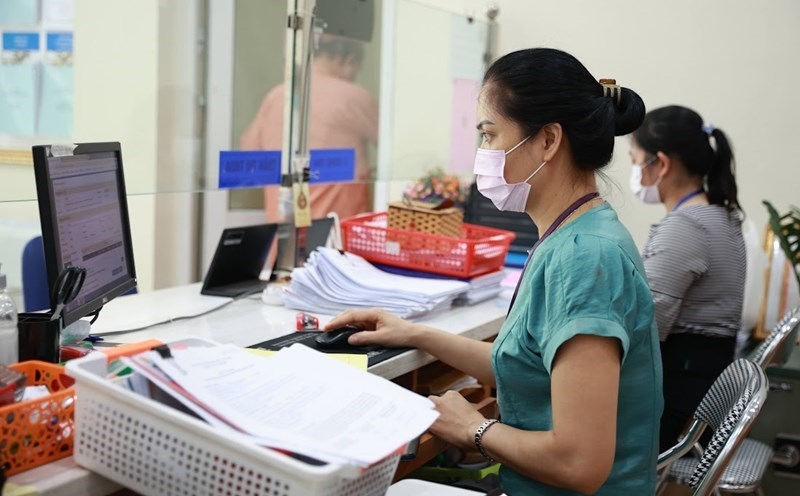
Major technical bottlenecks in local budgets are removed.
Faced with that reality, implementing the Government's direction on perfecting the mechanism of decentralizing revenue sources and expenditure tasks between government levels, the Ministry of Finance issued Official Dispatch No. 16419/BTC-KTDP dated October 23, 2025, guiding the handling of difficulties in budget management and operation of the two-level local government model (province and city under province). This document plays a key role in guiding the way to divide the budget between the city and commune/ward levels, especially revenue sources arising directly at the grassroots level.
It can be seen that the main contents of this guideline have created a clear legal framework, including the clear division of revenue sources and expenditure tasks between government levels to avoid conflicts or overlaps in financial management. At the same time, the guideline also focuses on resolving outstanding issues related to public assets, capital investment for basic construction and public debt of old administrative units after the merger. Finally, the Ministry of Finance requires improving the process of budget preparation, implementation and settlement according to a new, more streamlined process, to ensure continuity, transparency and efficiency in public financial management.
The timely issuance of these documents has helped to remove major bottlenecks in budgetary techniques. According to the State Treasury's assessment, thanks to this timely guidance, by the end of September 2025, the rate of communes/wards completing the opening of budget accounts and paying salaries to officials has reached a very high level, showing that the new model has quickly become routine, avoiding budgetary disruption at the grassroots level.
In the two-tier local government model, revenue sources at the commune and ward levels are determined based on the principle of increasing initiative and being linked to the community's characteristics. Small, direct revenues related to people's lives such as sidewalk usage fees, environmental protection fees, and career revenues from commune-level public units are assigned to the local government for management and use.
According to economic experts, this approach helps localities be more proactive in mobilizing resources to meet local needs, while encouraging effective management, avoiding loss and waste of revenue.
On the other hand, the spending mechanism is innovated in the direction of shifting from "spending according to norms" to "spending according to output results". Instead of allocating fixed funds according to population or administrative boundaries, commune and ward authorities are flexible in adjusting the budget to serve urgent tasks of the community, as long as they achieve clearly defined public goals - such as improving the quality of public services, improving infrastructure, or increasing people's satisfaction rate.
This is considered an important step, marking a change in public financial management thinking, from administrative issuance to results-based budget management, in line with the trend of modernizing financial management in Vietnam.
Promoting decentralization, transparency and sustainable development
The Ministry of Finance’s issuance of guidelines to remove financial obstacles is considered by experts and the business community as a step towards institutional reform, contributing to strengthening a transparent and stable investment environment. A representative of a business in the infrastructure investment sector said that the new guidelines from the Ministry of Finance are a positive signal to help businesses feel more secure when participating in public projects, especially in the bidding and payment stages of investment capital. Clarity in budget decentralization will shorten the process, resolve capital backlog and minimize legal risks for investors.
According to economic experts, streamlining the administrative apparatus along with clear financial decentralization will reduce compliance costs for businesses, while improving the capacity to handle administrative procedures – especially in the fields of land, investment licensing, and infrastructure management. This directly promotes competitiveness and local economic efficiency.

Localities need to be empowered and given adequate resources to operate the budget effectively and better meet people's needs.
Economists say that the transition to a two-tier government model is not just a change in the administrative structure, but a revolution in decentralization. Localities need to be given appropriate authority and resources to operate the budget effectively and better meet people's needs. "Clearly defining revenue sources - especially revenue from fees, charges, and public asset exploitation - will help local authorities be more proactive in mobilizing resources. In addition, applying digital technology in budget planning, monitoring, and settlement will increase transparency, reduce petty corruption, and save operating costs," said Dr. Mac Quoc Anh, Vice Chairman and General Secretary of the Hanoi Association of Small and Medium Enterprises.
From a long-term perspective, the Ministry of Finance is recommending that localities review and comprehensively evaluate potential revenue sources, emphasizing the effective management and exploitation of land and the handling of surplus public assets after administrative unit reorganization. Recent guidelines from the Ministry clearly state that the handling of headquarters and public land must be carried out publicly and transparently to avoid losses, while creating more room for investment in infrastructure and public services at the local level.
With close guidance and supervision from the Ministry of Finance, the two-tier local government model is gradually forming a solid financial management foundation - not only helping localities to be more proactive in balancing their budgets, but also improving the quality of administrative services, better serving people and businesses, towards a streamlined, effective and modern public administration./.
Source: https://vtv.vn/go-nut-that-ngan-sach-tao-dot-pha-cho-mo-hinh-chinh-quyen-dia-phuong-hai-cap-100251024232023317.htm



![[Photo] Flooding on the right side of the gate, entrance to Hue Citadel](https://vphoto.vietnam.vn/thumb/1200x675/vietnam/resource/IMAGE/2025/10/28/1761660788143_ndo_br_gen-h-z7165069467254-74c71c36d0cb396744b678cec80552f0-2-jpg.webp)

![[Photo] Draft documents of the 14th Party Congress reach people at the Commune Cultural Post Offices](https://vphoto.vietnam.vn/thumb/1200x675/vietnam/resource/IMAGE/2025/10/28/1761642182616_du-thao-tai-tinh-hung-yen-4070-5235-jpg.webp)

![[Photo] National Assembly Chairman Tran Thanh Man received a delegation of the Social Democratic Party of Germany](https://vphoto.vietnam.vn/thumb/1200x675/vietnam/resource/IMAGE/2025/10/28/1761652150406_ndo_br_cover-3345-jpg.webp)
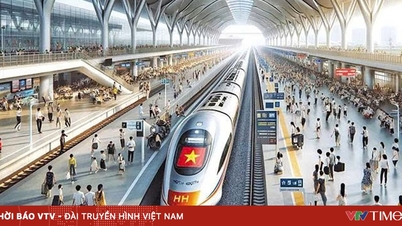
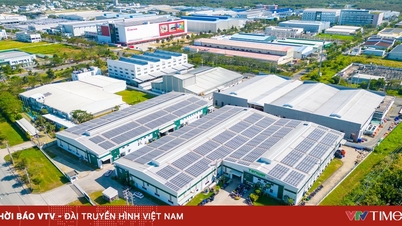


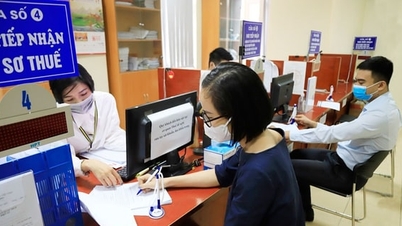





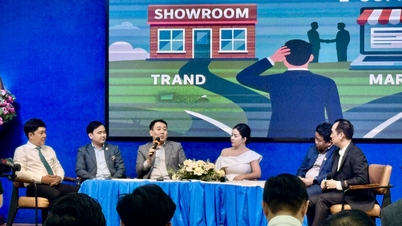

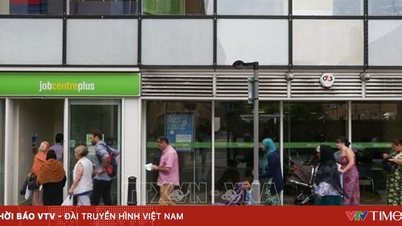






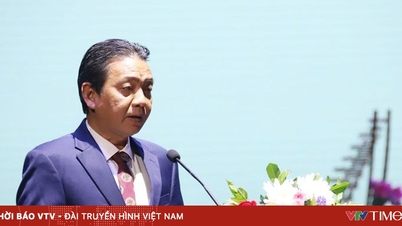
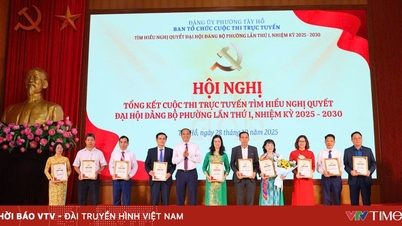

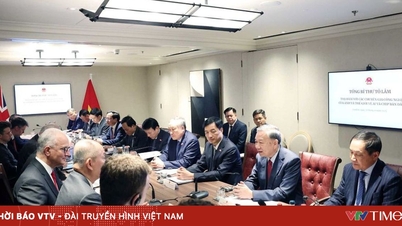
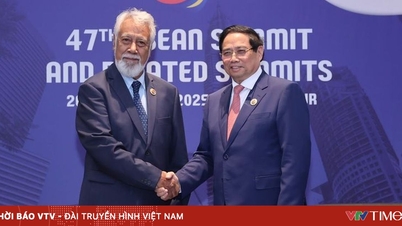
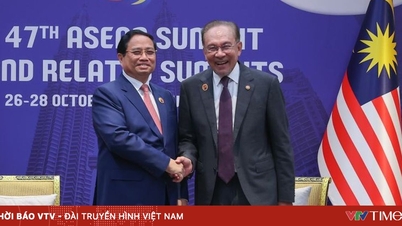
![[Photo] President Luong Cuong attends the 80th Anniversary of the Traditional Day of the Armed Forces of Military Region 3](https://vphoto.vietnam.vn/thumb/1200x675/vietnam/resource/IMAGE/2025/10/28/1761635584312_ndo_br_1-jpg.webp)



































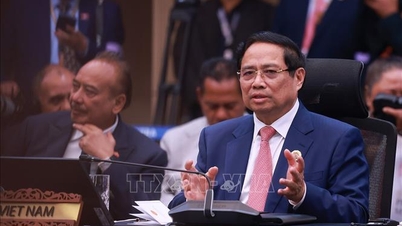

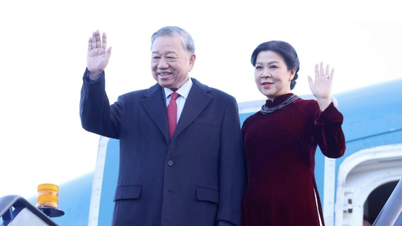






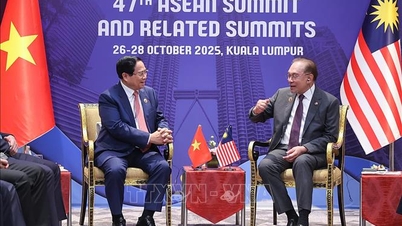
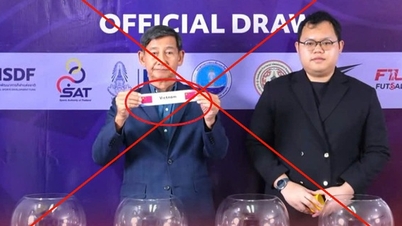

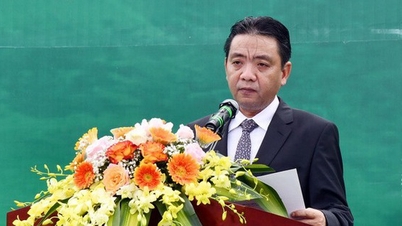
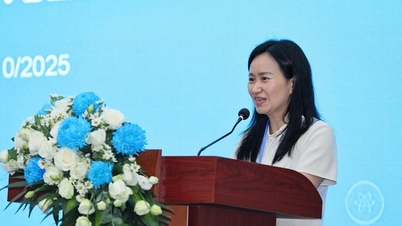

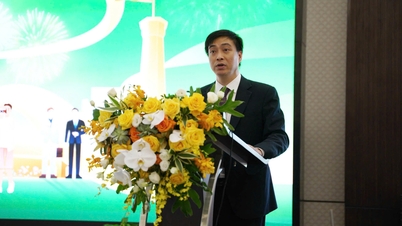





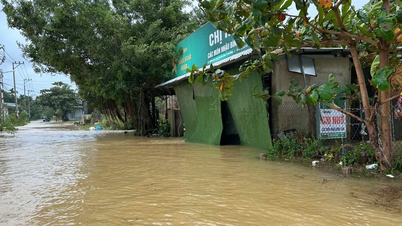



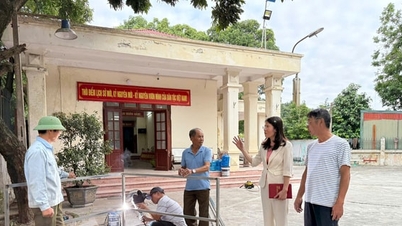
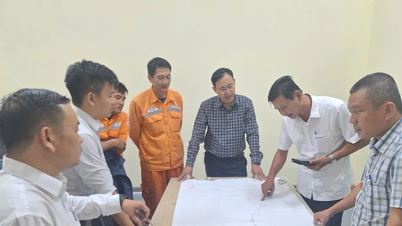
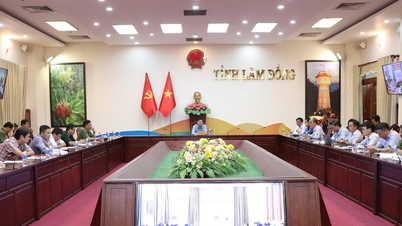
















Comment (0)